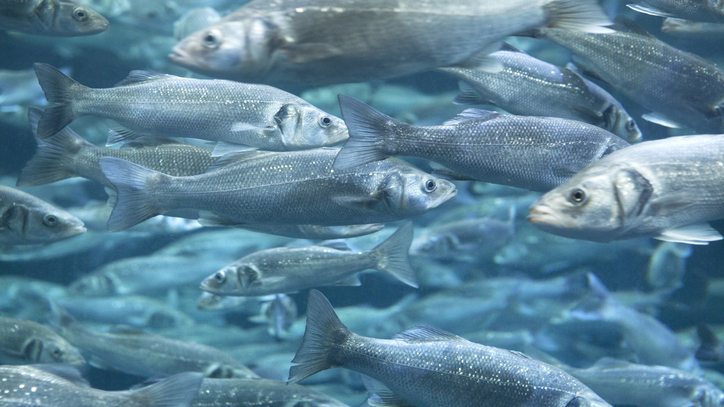
Aquaculture feed is one of the least talked-about areas of agriculture, especially as it relates to livestock feed. In general, most people who hear the term “livestock” tend to think of common farm animals, like cows, chickens, goats, and equines. However, the term includes a wide variety of animals that are used in commercial environments, including fish, crustaceans, mollusks, and algae. As with any other type of animal, the production of profitable marine livestock requires the use of specialized aquaculture feed.
The Basics of Aquaculture Feed
The use of aquaculture has grown considerably since the turn of the millennium. Aquaculture operations across the world have expanded from small pond farms to extensive, complex businesses that produce tens of thousands, even millions, of livestock. As noted by Virginia Tech, “fish, especially when reared in high densities, require a high-quality, nutritionally complete, balanced diet to grow rapidly and remain healthy”. Accordingly, there has been a significant rise in the demand for aquaculture feed across the industry.
Like all animals, fish and other forms of marine life require a constant stream of nutritious feed in order to grow into viable livestock products. Nutrition also plays a crucial role in encouraging reproduction. The nutrients provided by aquaculture feed include:
- Lipids and fats
- Carbohydrates
- Protein
- Vitamins and minerals
Aquaculture feed comes in the form of extruded bits, or pressure-pelleted feed. Extruded aquaculture feed will float on the surface of the water, whereas pressure-pelleted feed will sink. Due to manufacturing costs, extruded feeds often command higher prices; however, these feeds also offer the advantage of allowing a producer to directly observe the feeding habits of the fish.
Many types of marine life will eat both floating and sinking feeds. Others, such as shrimp, consume only sinking feeds.
There are many different sizes of aquaculture feed. It’s generally recommended to provide the largest possible feed size that your animals will consume. If the feed pellets are too small, the fish will waste energy trying to find the food, whereas pellets that are too large pose a choking hazard to the animals.
Don’t Forget the Protein
As with other forms of livestock, different aquaculture animals have distinct nutritional needs. Herbivorous fish, for instance, tend to consume feed comprised of plant-based proteins and vegetable oils. Conversely, carnivorous animals require feed that can provide the level of protein they would be accustomed to in the wild. As a result of this, many operations elect to use species-specific aquaculture feed or supplement nutritional deficiencies with high quality additives.
Levels of protein consumption are one of the biggest factors to examine when selecting a feed for aquaculture species. Protein levels in common aquaculture feeds vary from species to species:
- 35-40% for shrimp
- 28-32% for catfish
- 24-32% for tilapia
- 38-42% for striped bass
Smaller, younger fish require more protein than larger, older fish. Breeding environment, water temperature, and water quality will also affect the amount of protein needed. Cold, dirty environments require higher levels of protein in feed.
How to Distribute Aquaculture Feed
Groups of aquatic animals can be fed by hand or with the use of automated feeders. The exact process depends on the resources and needs of the livestock operation. Some large farms even use leaf blowers to disperse the aquaculture feed over large areas.
Fish farms can also implement demand feeders in their operation. Demand feeders are large tanks suspended above the water. When animals are hungry, a strike to a small control rod triggers the dispensing of feed into the water. Although convenient and cheap, demand feeders can make it easy for animals to over-consume feed, and can increase the amount of wasted feed.
Storing Aquaculture Feed
As with other forms of livestock feed, aquaculture feed should be stored in a cool, dry place, away from the sun. Feed bags should be examined on a regular basis for the presence of pests, bacteria, mold, and moisture. When choosing a bag of feed to distribute, farmers should use the last in-first out (LIFO) system in order to ensure an efficient use of feed. The best way to protect aquaculture feed during storage is with high-quality feed additives that provide a defence against bacteria and mold, and extend the shelf-life of the food while improving the nutritional properties.


I like what you said about making sure there is protein in the food for different forms of livestock. My cousin runs a salmon fish farm and was talking about adjusting the feed to improve their diet. Thank you for the information about how different fish have different and distinct nutritional needs and you need to meet those.